A journey through art history is a journey through humanity itself. The canvases that have captivated millions, from the enigmatic gaze of a Renaissance woman to the swirling cosmos of a post-impressionist mind, are not merely objects to be admired – they are destinations. They represent a fusion of a master's vision, a specific moment in time, and the culture that birthed them. To stand before these works is to participate in a global pilgrimage, a quest that takes travelers across continents to experience the power of a single masterpiece.
This travel guide is your compass for a grand tour, a curated itinerary for the modern art pilgrim. It navigates 5 iconic paintings and their legendary homes, offering insights to make your visit not just a sight-seeing trip, but a profound connection with the art and the cities that house them. As you plan your global adventure, the logistical details of travel become paramount. For those driving to the airport, finding convenient and affordable parking is a crucial first step. Services like ParkingNearAirports.io provide a seamless online platform to reserve your spot, offering options for airport shuttle parking and helping you find an airport discount to begin your journey on a high note. With a guaranteed space reserved in advance, you can focus on the artistic marvels that lie ahead, knowing you've secured one of the best airport parking deals available. So, let the masterpiece-filled journey begin!
What are the best ways to see the world's most iconic paintings in person?
The Mona Lisa – The Louvre (Paris, France)
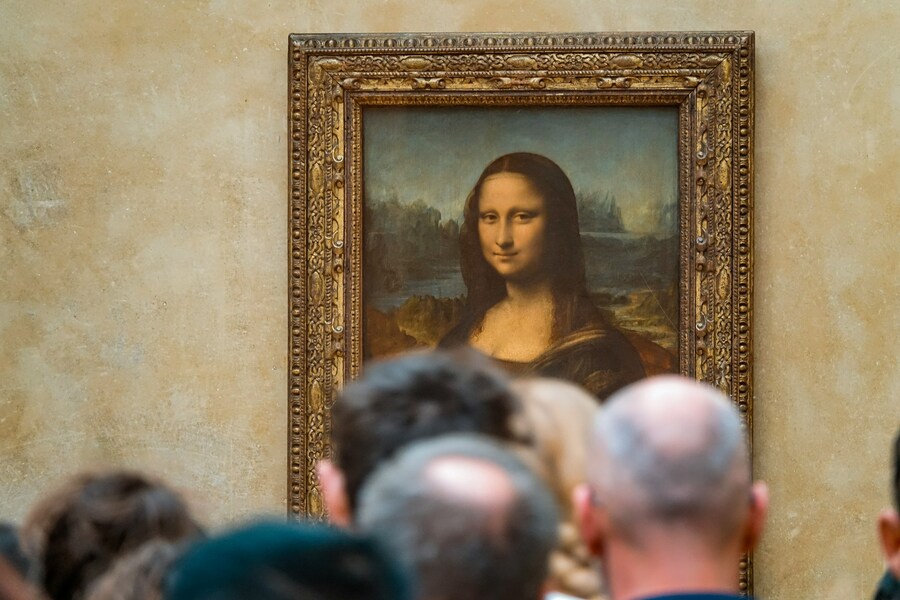
Source: The Free Birds/Unsplash
To many, a visit to the Louvre is synonymous with a pilgrimage to see Leonardo da Vinci's Mona Lisa. Housed in a dedicated, climate-controlled room within the Denon Wing, this small panel painting commands an almost gravitational pull. Its fame is a double-edged sword; while it draws immense crowds, the opportunity to see it in person is still an unforgettable experience. The painting itself is a study in subtlety. The sfumato technique, which Leonardo mastered, creates a soft, hazy quality that blurs the lines and shadows, giving the subject her ethereal glow and that famously elusive smile. Her eyes, which seem to follow you from any angle, hold a mystery that has puzzled scholars and casual observers for centuries. While the surrounding room is often bustling, taking a moment to appreciate the details – the fine lace of her veil, the landscape that recedes into the background – can be a deeply personal and contemplative act.
The Louvre itself is a monumental destination. Formerly a royal palace, its sheer size and the density of its collection can be overwhelming. To avoid the longest queues and maximize your time, it's highly recommended to book a time-stamped ticket online well in advance. Consider a morning visit just after opening or a late-afternoon entry on one of the museum's extended hours on Wednesdays and Fridays. Be aware that some exhibition rooms may be closed due to rotating maintenance or occasional public strikes, so it's wise to check the museum's official website for real-time updates before your visit. A new audio guide system is being rolled out, so visitors should look into the latest options for in-depth tours. Navigating Paris and its world-class transit system is part of the experience, and with a bit of planning, your visit to see the world's most famous painting can be as smooth as it's memorable.
The Last Supper – Santa Maria delle Grazie (Milan, Italy)
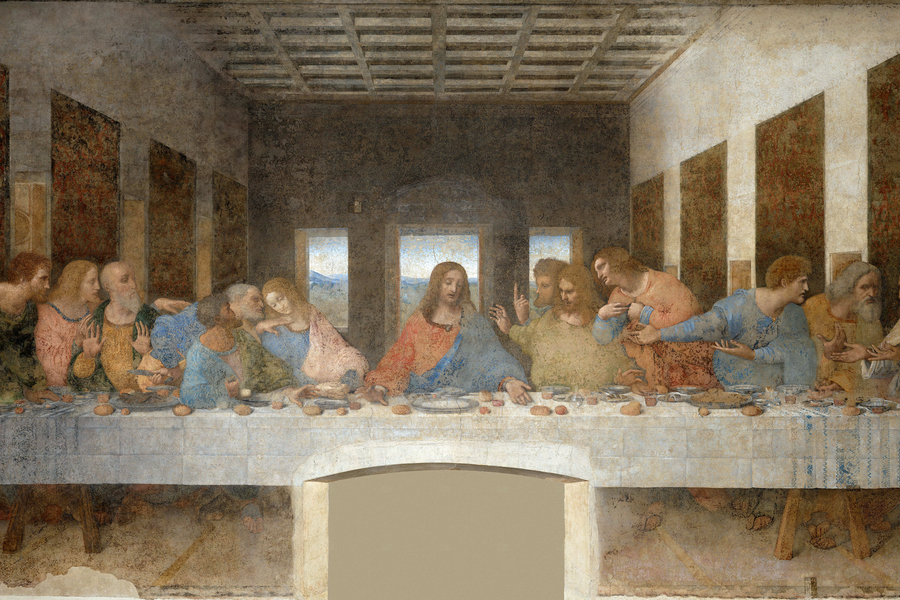
Source: Google Search
Leonardo da Vinci's other great masterpiece, The Last Supper, offers a starkly different viewing experience. Located not in a museum but on the wall of the refectory of the Convent of Santa Maria delle Grazie in Milan, the painting is a fresco – or more accurately, a tempera and oil masterpiece on a dry plaster wall – that's far more fragile and, as a result, far more protected. The visitation process is strictly controlled to preserve the delicate artwork. All visits are by reservation only, and tickets are notoriously difficult to obtain. They are released on a rolling 3-month basis and sell out within minutes of becoming available. The limited-access system allows for only a handful of visitors at a time for a brief, 15-minute viewing window. This short duration, however, ensures a serene and intimate experience, a stark contrast to the crowds around the Mona Lisa.
Standing in the quiet, solemn space of the refectory, you're immediately confronted with the dramatic moment of Christ's revelation. The disciples react with a range of human emotions – shock, confusion, indignation, and sorrow – captured in a dynamic composition that seems to ripple out from the center. The painting's power lies in its psychological depth and emotional intensity. Given the difficulty of securing tickets, a guided tour is often a reliable alternative, as tour operators reserve tickets far in advance. Regardless of how you get in, punctuality is key. Arriving at the site at least a half-hour before your scheduled time is essential for ticket validation and security checks, ensuring you don't miss your fleeting but profound moment with this pivotal work of art.
The Starry Night – MoMA (NYC, New York)
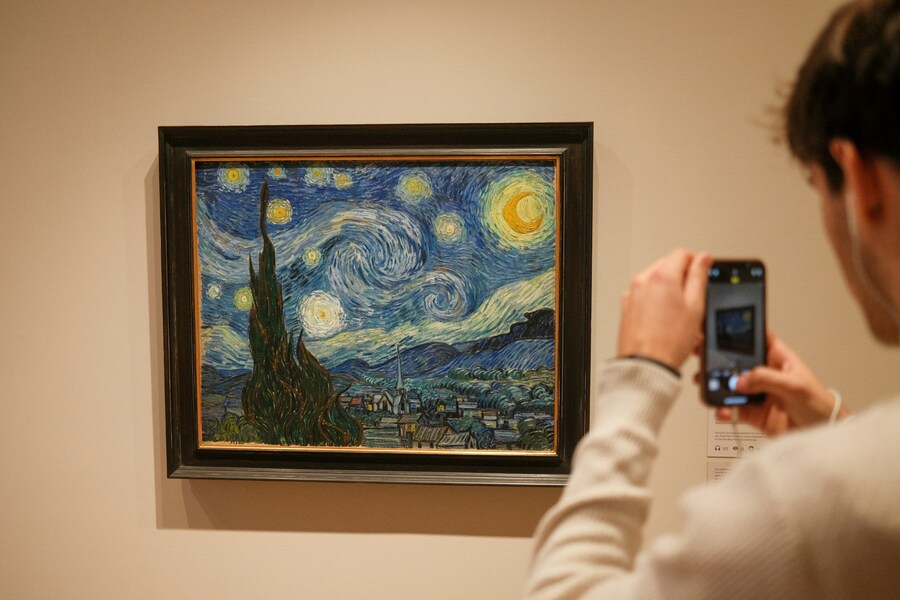
Source: Kevin Snow/Unsplash
Crossing the Atlantic, a new pilgrimage awaits at the Museum of Modern Art (MoMA) in NYC. Here, you'll find Vincent van Gogh's The Starry Night, a masterpiece that encapsulates the turbulent genius of its creator. Painted during his stay at the asylum of Saint-Paul-de-Mausole, the canvas is an expression of deep emotional turmoil and sublime beauty. The swirling, dynamic sky, with its eleven luminous stars and a crescent moon, pulsates with energy. The cypress tree, a traditional symbol of mourning, rises like a dark flame on the left, connecting the agitated celestial realm to the calm, sleeping village below. The painting is a visual symphony, a testament to Van Gogh's unique ability to transform inner angst into an outward, compelling vision.
MoMA, located in Midtown Manhattan, is a beacon of modern and contemporary art. It's an easy-to-navigate museum that houses an extraordinary collection spanning movements from Impressionism to the present day. To fully appreciate The Starry Night, it's best to visit on a less crowded day or time, such as early on a weekday. The museum's itineraries can help you plan your visit, whether you're short on time or want to focus on specific movements. Beyond the main gallery, MoMA also offers an outdoor Sculpture Garden, film screenings, and a rich schedule of temporary exhibitions. The sheer volume of other masterpieces, from Picasso's Les Demoiselles d'Avignon to Monet's Water Lilies, means you could easily spend a full day exploring. It's a place of perpetual discovery, where the art of the past is in constant dialogue with the art of the present.
Girl with a Pearl Earring – The Mauritshuis (The Hague, Netherlands)
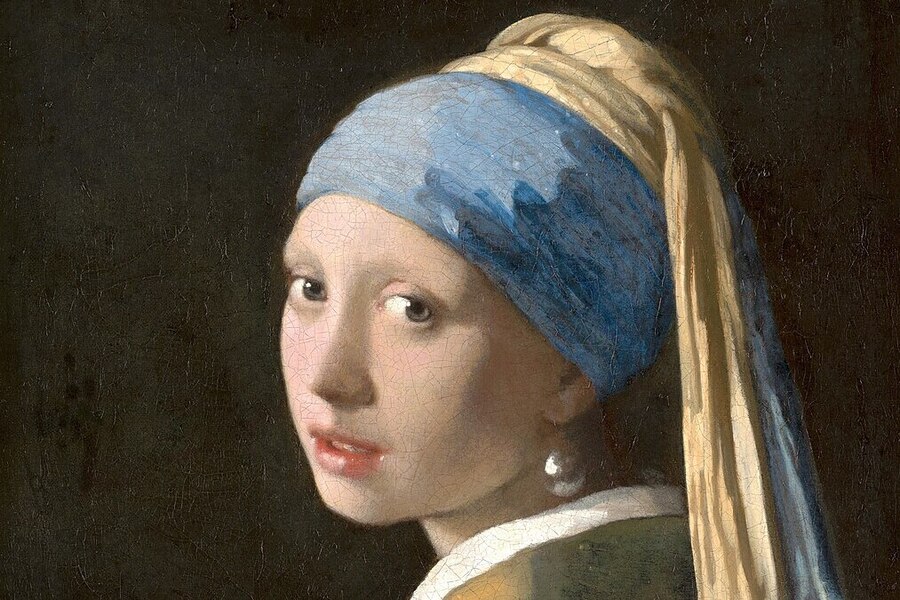
Source: Google Search
Johannes Vermeer's Girl with a Pearl Earring is a masterpiece of light and shadow, and its home, the Mauritshuis in The Hague, is a jewel box of a museum. This small, elegant painting is often referred to as the "Dutch Mona Lisa," though its appeal is of a different nature. The subject's direct, captivating gaze and the soft light that catches the pearl and her moist lips give her a timeless, almost photographically real quality. The girl is not a specific person, but rather a tronie, a study of a face. Her simple, turban-like headdress and a shimmering pearl earring are rendered with such exquisite detail and mastery of color that she feels alive, a silent interlocutor who invites the viewer into a moment of pure, serene beauty.
The Mauritshuis itself is a former palace and a testament to Dutch Golden Age art. It houses a small but concentrated collection of masterpieces, including other works by Vermeer, such as View of Delft, and renowned paintings by Rembrandt and Frans Hals. The museum's intimate scale makes it a pleasure to explore at a leisurely pace, and the Girl is one of the museum's central attractions. It's a less chaotic experience than visiting a large museum, allowing for a more personal encounter with the art. The Mauritshuis is particularly active with exhibitions, and in the coming months, a special exhibition on the museum's history during wartime will be on display, providing a unique historical context for the collection. This is a must-visit for anyone who appreciates the power of portraiture and the quiet genius of the Dutch masters.
The Garden of Earthly Delights – Museo del Prado (Madrid, Spain)
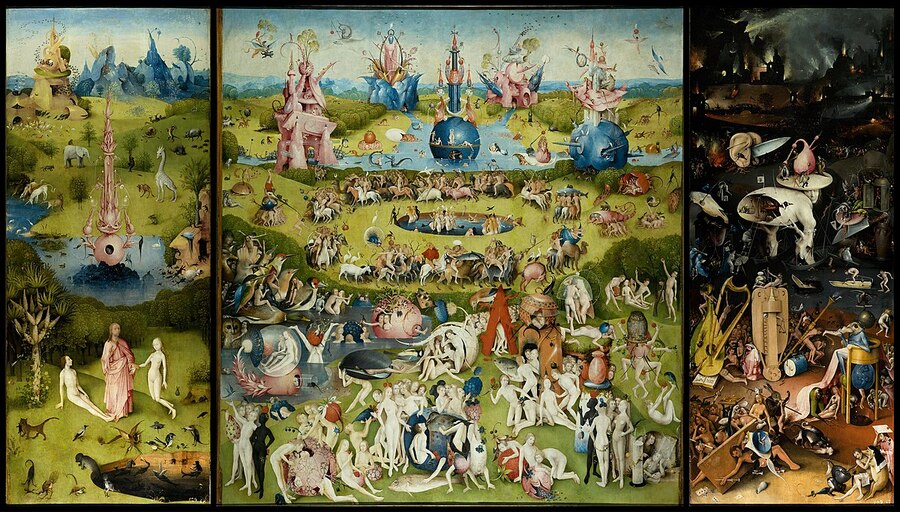
Source: Google Search
For those seeking a more surreal and fantastical artistic experience, Hieronymus Bosch's The Garden of Earthly Delights at the Museo del Prado in Madrid is the ultimate destination. This triptych is a monumental, intricate, and utterly bizarre work of art that continues to defy easy interpretation. The 3 panels present a narrative arc: the Garden of Eden on the left, the central panel depicting a Garden of Earthly Delights populated by a fantastical array of nude figures, strange animals, and enormous fruits, and the final panel, a horrifying vision of Hell and damnation. The painting is a puzzle, an allegorical journey through creation, temptation, and punishment, filled with symbolic imagery that's still debated by art historians.
The Museo del Prado is one of the world's great art museums, celebrated for its extensive collection of European art from the 12th to the early 20th century. The museum is a cultural landmark and a repository of masterpieces from Spanish masters like Velázquez, Goya, and El Greco. The sheer scale of the museum can be daunting, but with a clear plan, you can easily navigate its treasures. Visitors can choose to focus on a particular period or artist or simply follow a path to see the most famous works. It's an excellent idea to book your tickets online to avoid long queues, especially during peak season. The museum also offers free admission during certain hours in the late afternoon, though this is often when the museum is at its most crowded. Regardless, to stand before Bosch's enigmatic work is to be transported into a world that's both otherworldly and deeply human, a fitting culmination to a journey of art exploration.
The bottom line
The pursuit of these famous paintings is more than a simple sightseeing checklist; it's a way to connect with the very essence of human creativity and expression. From the hushed awe of a Parisian gallery to the controlled, meditative quiet of a Milanese convent, each location offers a unique perspective on art and the world. These masterpieces serve as a reminder that the great works of the past are not static relics but living, breathing testaments to the power of artistic vision. They beckon us to travel, to explore, and to see the world not just through our own eyes, but through the eyes of the masters who have shaped our collective visual consciousness. This pilgrimage is an invitation to engage with history, emotion, and beauty in a way that only great art can facilitate, leaving you with memories that will last a lifetime. Safe travels and a journey of inspiration!






